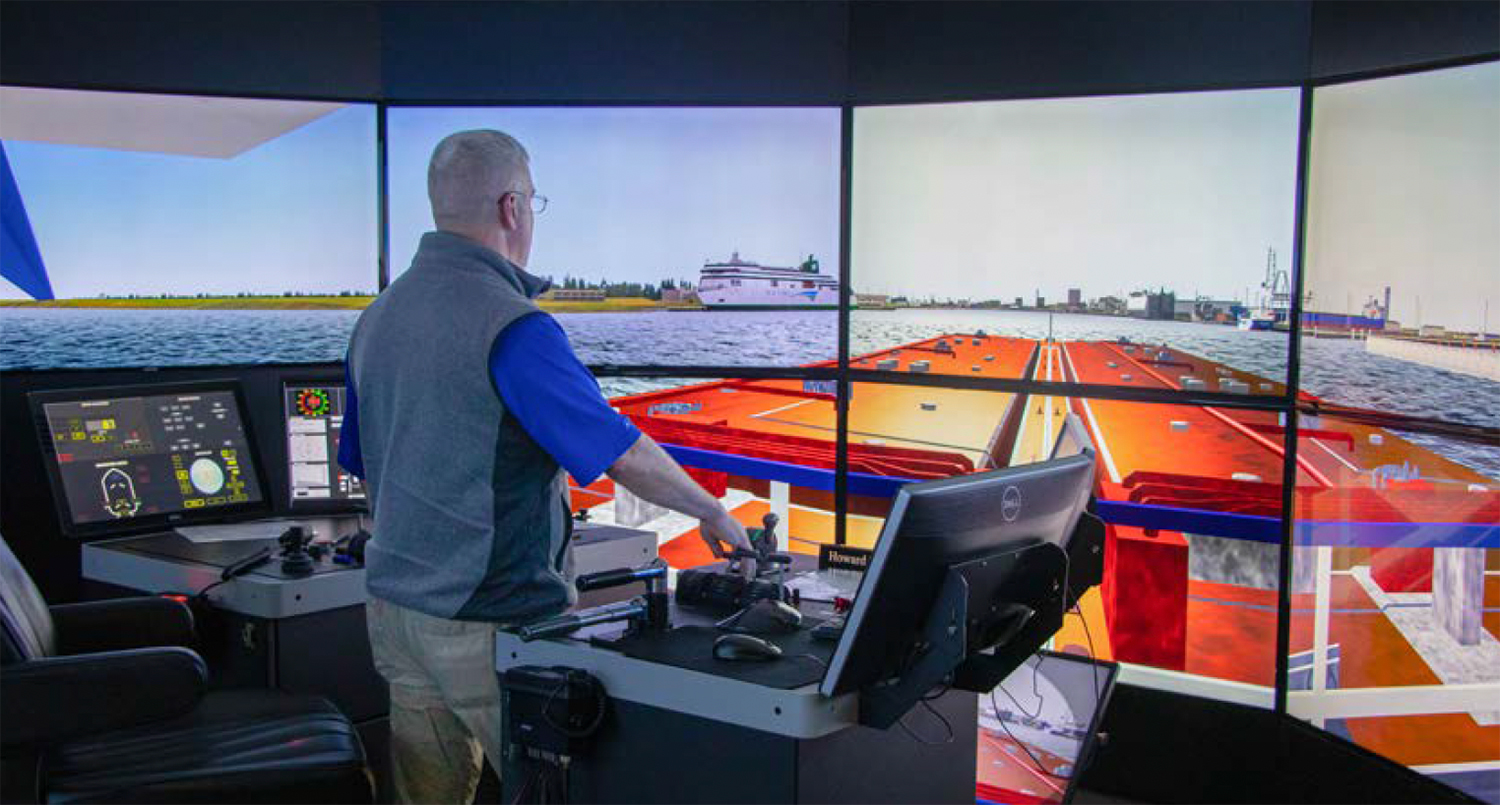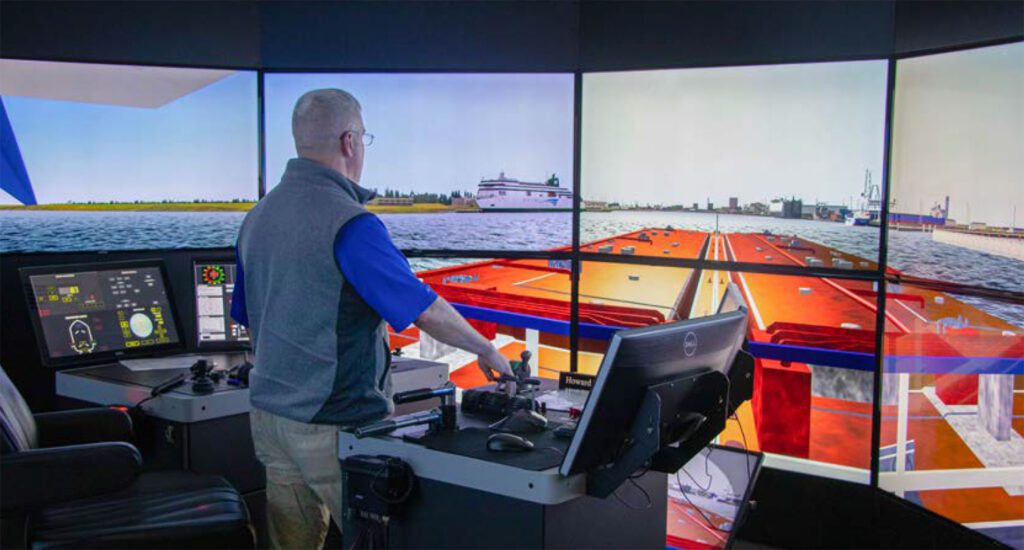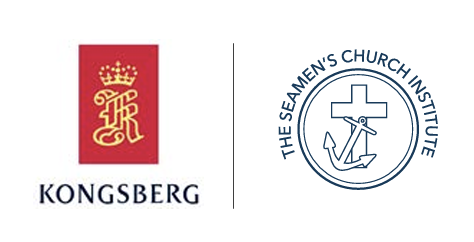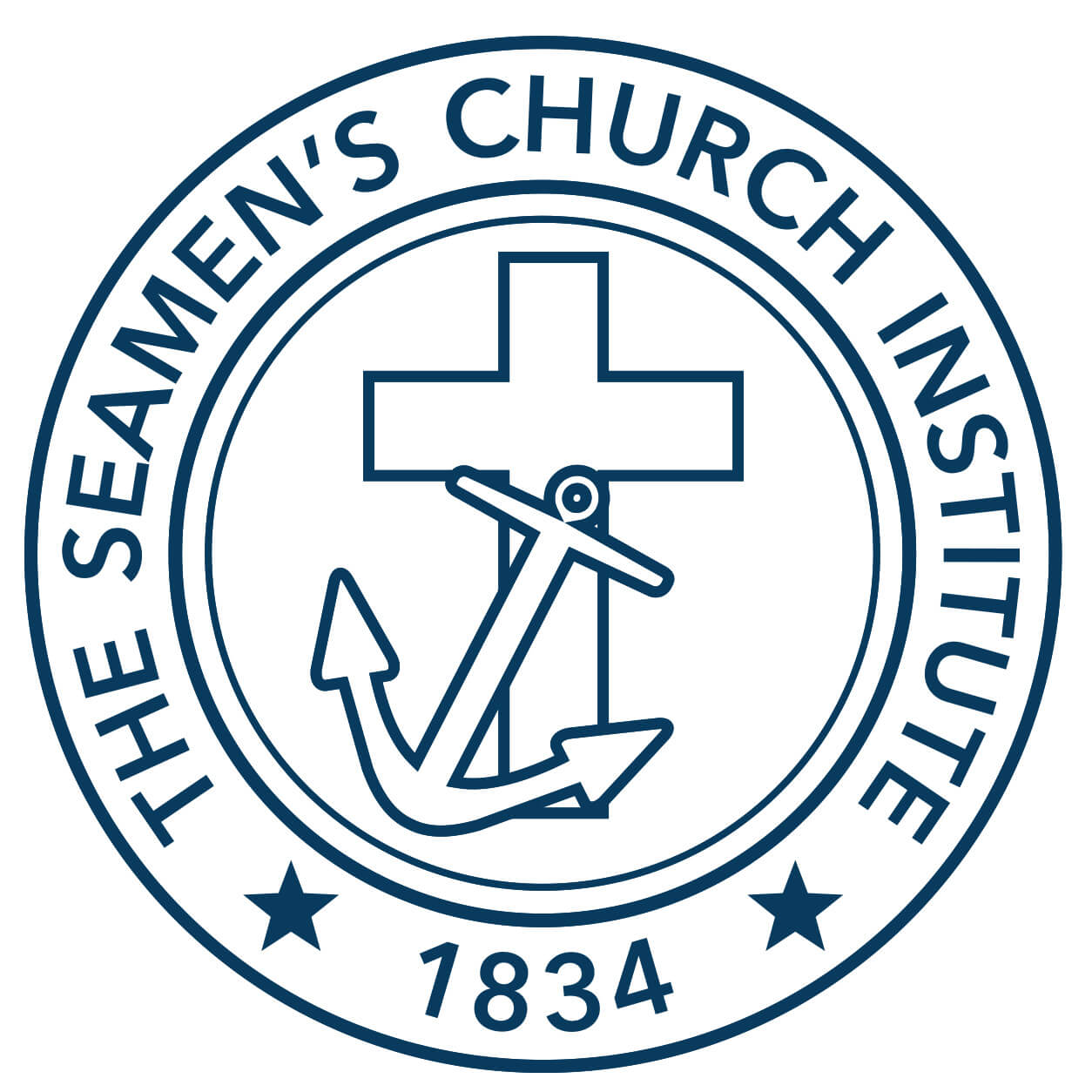K-Sim and the Advancement of Simulator-Based Mariner Training




by The Rev. Mark Nestlehutt
SCI President and Executive Director
From the Spring 2023 Lookout magazine


Most of us are familiar with Apple iOS, Google Android, and Microsoft Windows. These are the operating systems that run our smartphones, tablets, notebooks, and desktop computers. Similarly, the universe of simulator-based maritime education has its own operating systems and companies that provide the hardware that run these complex systems. Instead of Apple and Dell, there’s Kongsberg and Wartsila. And instead of Android and Windows, there are names such as Polaris and K-Sim. SCI has been devoting a great deal of attention to these operating systems during the past year as we complete a major transition and upgrade from an older operating system that has run our Kongsberg simulators since 1997 to a revolutionary new one.
Since the late 19th century, SCI has provided professional training in navigation and seamanship for mariners, and since the post-war era, we have added radar training and introduced computer-based simulators. SCI did so out of a desire to help mariners advance in their careers and to increase the overall safety for them and the maritime industry. For years, MARAD (the U.S. Maritime Administration) operated two radar simulators based in SCI’s lower Manhattan facility, and in 1982 the operation of these radar simulators transitioned to SCI’s Center for Maritime Education (CME). Four years later, the original simulators were replaced by new Norcontrol radar simulators capable of training a broad range of mariners—deep sea, coastal, and inland.
SCI’s then Director of the Center for Maritime Education, Eric Larsson, and SCI’s then Executive Director, the Reverend Jim Whittemore, worked closely with a young Herb Taylor on these projects during the mid-1980s. A decade later, SCI relocated its training facility from Manhattan to the Western Rivers and, in 2001, added a Gulf Coast location. And Kongsberg went with us. The original Norcontrol radar simulators used in Manhattan were upgraded to NMS-90 ship simulators and geared towards inland marine training needs, and in 1996 SCI became the first client to sign on to the new PC Windows-based shiphandling simulators (quickly followed by the French Navy). The operating system for this new PC Windows-based system was named Polaris, and this system—in various versions, updates, and patches—has allowed SCI to train tens of thousands of mariners during the past quarter century.
Yet, along the lines of the advancement of AI, computer games, and high-resolution graphics, maritime simulators needed to remain current in order to provide realistic and accurate training. A few years ago, Kongsberg began testing and then slowly implemented Polaris’s successor, K-Sim. In short, we went from a plotting or maritime positioning program to a total marine environment program in which the various dimensions that impact a vessel’s performance and steering—the contours of the riverbed, current, wind, and other variables—are factored into the simulation. To quote Captain Stephen Polk, SCI’s Director for the Center of Maritime Education, “The new K-Sim operating system provides significantly enhanced visuals utilizing a much more realistic physics engine to better replicate within the simulator what the mariner will encounter out on the water.”
Wherever technology takes the industry, SCI stands ready…to prepare and improve mariner training and, ultimately, mariner safety and well-being.
It’s been said that the world is changing faster than it ever has, and yet, it will never change this slowly again. As such, technology and new demands mean that maritime is a rapidly changing industry. Other new technologies developed by Kongsberg allow for the creation of digital twins—computer-generated versions of a vessel underway that allows shore-based operators and technicians to monitor all aspects of the vessel’s performance and to make repairs—and even fully autonomous ships piloted like drones by masters and engineers based shoreside. This may read like science fiction, but technology is changing the industry at great speed.
As a nation, Norway is investing heavily in the electrification of its transportation infrastructure—private automobiles, commercial trucking, public buses, trains, and even passenger ferries and cargo ships. One test case, a partnership between Kongsberg and Wilhelmsen, is the Yara Birkeland, the world’s first crewless, zero-emissions cargo ship operated from the third floor of an office building in Horten, Norway. While these changes may not impact the domestic maritime industry for years, they offer a glimpse into how technology can enhance vessel performance and safe operation to augment the skilled crew at the helm. Wherever technology takes the industry, SCI stands ready to leverage successful and longstanding partnerships, such as ours with Kongsberg, to prepare and improve mariner training and, ultimately, mariner safety and well-being.
After a forty-year-long partnership between SCI and Kongsberg, much has changed in the industry and at both organizations. The Rev. Jim Whittemore retired in 1992 and was succeeded by the Rev. Peter Larom, the Rev. Jean Smith, the Rev. David Rider, and now me. Eric Larsson retired in 2011 and was succeeded by Captain Stephen Polk. The one constant in this four-decade partnership has been Herb Taylor with Kongsberg Digital, who today remains the primary liaison in shepherding SCI’s transition. Thank you, Herb Taylor, and Bravo Zulu!
